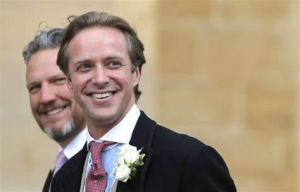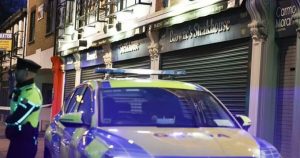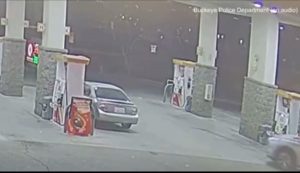New York City postponed again on Thursday the return of in-classroom teaching for a large number of pupils, highlighting the difficulty of getting children back to school amid anxiety among teachers about coronavirus.
Face-to-face learning for all schoolchildren, one to three times a week, was due to start on Monday after already being delayed from September 10.
But Mayor Bill de Blasio announced that only the youngest children and those with special needs will return on certain days next week.
Older pupils will have to wait until September 29 or October 1. Until then they will continue with online classes that started for many this week.
De Blasio said the decision was taken after two teaching unions told him they had “real concerns” about elements that need to be addressed to return “safely.”
The United Federation of Teachers and the Council of School Supervisors & Administrators have argued recently that schools are not ready to welcome kids into classrooms.,They say a lack of teachers is particularly concerning.
New York City is the largest school district in the United States with 1.1 million students.
Also Read: Singapore to pay citizens to work out with Apple’s smartwatch
It is the only major city in the United States to commit to offering in-person classes this fall. Many cities, such as Chicago, Houston, Los Angeles, Philadelphia and Miami, opted instead for the virtual model.
In the US — the country worst hit by the pandemic in absolute terms, with more than 197,000 deaths and more than six million documented infections — the issue of reopening schools was politicized ahead of the November elections.
President Donald Trump, a Republican, emphatically insisted schools reopen, regardless of infection rates.
Many states governed by Republicans, including Mississippi, Georgia, Tennessee and Indiana, took that direction in August — but virus outbreaks meant many schools had to impose quarantines or shut back down.






